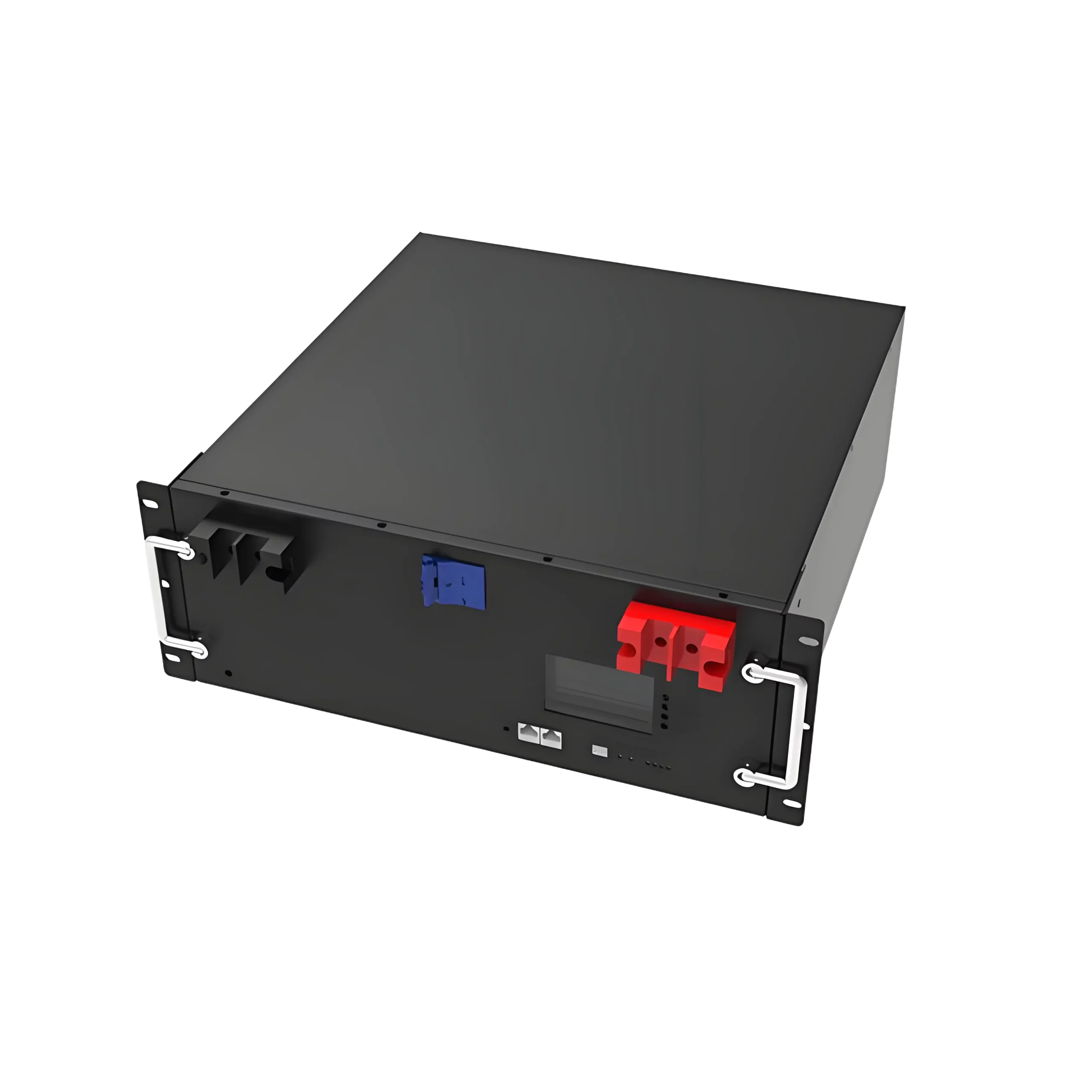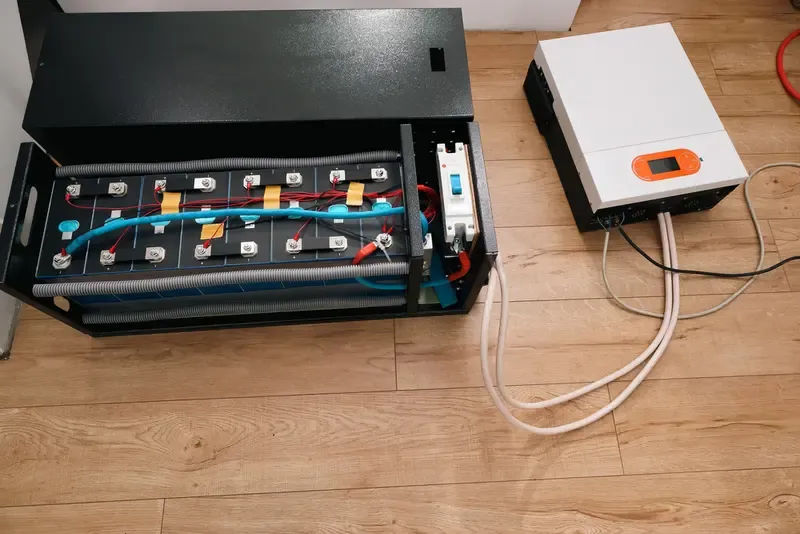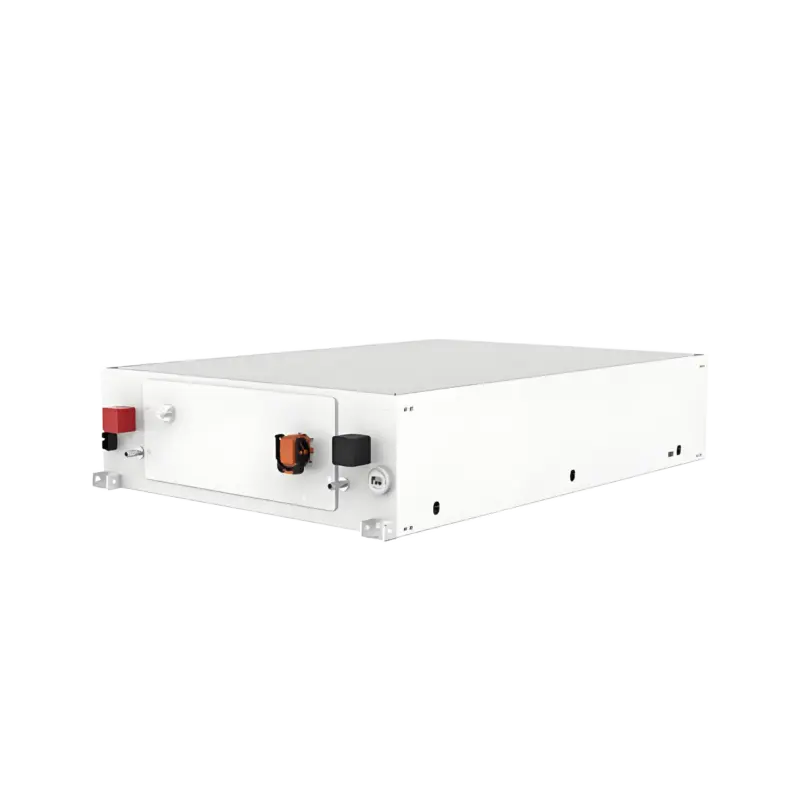Solar power lithium batteries are an investment for the long term—but to truly know the cost, you need to see past the price tag. You have to factor in how much usable energy you will get in the long term, battery life, and what unexpected costs might come up.
This handbook will guide you through determining lithium battery costs correctly so that you can make an informed decision.
Each category of user might care about cost, longevity, or maintenance in a different way. So it's essential to align the cost calculation to your real usage scenario.
1. Know the Important Technical Terms
Prior to doing the math, it is helpful to define the frequent terms:
| Term | Meaning | Why It Matters |
| kWh (kilowatt-hour) | Total energy the battery can hold | Decides how much electricity is available |
| Cycle life | How many full charge /discharge cycles a battery can withstand | Impacts total usable lifetime energy |
| Depth of Discharge (DoD) | How much of the battery capacity is used per cycle | More usable energy, but deeper discharge could reduce lifespan |
| Round-trip efficiency (RTE) | The % of energy you get out compared to what you put in | Higher efficiency means less energy loss |
| Cost per delivered kWh | Total cost ÷ total usable energy over life | This is the most accurate way to compare battery value |
2. Simple Calculation Breakdown
Assuming we compared two sample batteries:
| Battery | Capacity | Price | Cycle Life (at 80% DoD) | RTE |
| Battery A | 10 kWh | $6,000 | 6,000 cycles | 95% |
| Battery B | 10 kWh | $4,500 | 3,000 cycles | 90% |
Calculate:
Usable energy per cycle
10 kWh × 80% DoD = 8 kWh
Total lifetime energy
Battery A: 8 kWh × 6,000 = 48,000 kWh
Battery B: 8 kWh × 3,000 = 24,000 kWh
Adjusted for RTE
A: 48,000 × 0.95 = 45,600 kWh
B: 24,000 × 0.90 = 21,600 kWh
Cost per delivered kWh
A: $6,000 ÷ 45,600 ≈ $0.13/kWh
B: $4,500 ÷ 21,600 ≈ $0.21/kWh
While Battery A is more costly up-front, it offers electricity at a lower cost across the life of the system.

3. Don’t Overlook Concealed Charges
Several factors affect the actual cost of your battery system:
- Installation:Labor, materials, and shipping
- Battery management system (BMS): Some require software updates
- Inverter compatibility:Not all inverters work with all batteries
- Warranty terms:Length and scope of warranty (full vs. limited)
- Temperature sensitivity:Compromised performance in extreme temperatures
It's worthwhile to incorporate these into your budget planning.
4. A Real Example
Location: Joshua Tree, California
An off-grid eco-lodge deployed:
- 15 kW solar panels
- 60 kWh LiFePO₄ battery bank
- Daily usage: around 35 kWh
They tested a lower-cost battery option with a 2,500-cycle lifespan against a higher-end option with 6,000 cycles. After 3 years:
- The lower-cost battery was at 70% original capacity
- The higher-quality battery was at 90%
- Fuel usage by backup generators increased with the less expensive system
- The total 10-year cost was higher despite lower up-front costs
5. Use This Formula for Quick Comparison
Compare battery options quickly and easily with:
Cost per Delivered kWh =Total Price ÷ [Battery kWh × DoD × Cycle Life × RTE]
Use this formula to compare quotes or products.
6. Two Questions to Ask Before You Buy
How much will it cost me per delivered kilowatt-hour over its whole lifetime?
What is the payoff if battery capacity drops below warranty?
If these answers are vague, ask the supplier to clarify or look elsewhere.

7. What’s New in the Market
Second-life EV batteries: Less expensive, but less warranty
Solid-state batteries: Coming soon, with more energy density
Improved BMS algorithms: Help reduce degradation over time
Community-scale storage: Shared systems reduce per-user cost
Monitor how emerging technology can alter your calculation within the next 1–2 years.
Understanding how to estimate lithium battery cost for solar energy is important prior to buying. When you consider more than the sticker price and monitor true energy output, you'll make a smarter, greener choice. Whether you are energizing your house, company, or off-grid system, an accurate calculated decision can save you thousands of dollars down the line.

